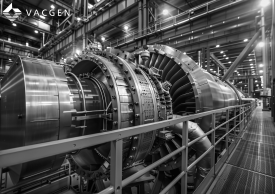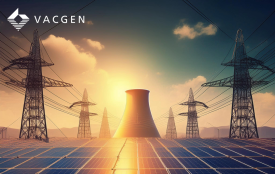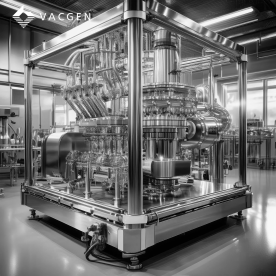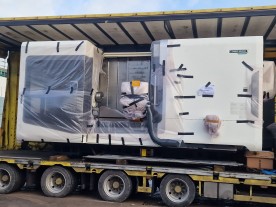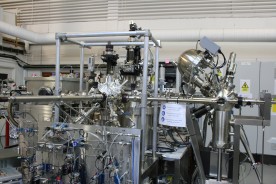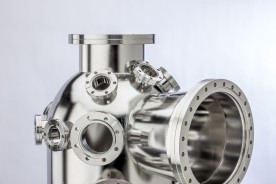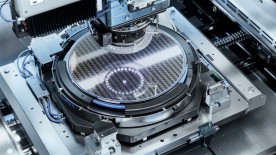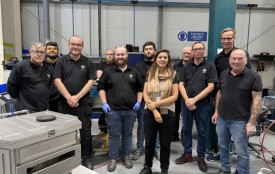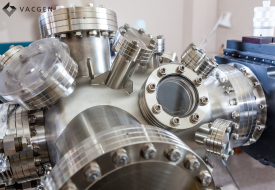Nuclear fission and nuclear fusion represent two fundamental processes for harnessing atomic energy, both of which rely on specific technologies to manage and sustain reactions. Although their mechanisms and requirements are different, both fission and fusion reactors can benefit from vacuum components in critical areas. Let’s explore how these components are used.
vacuum chamber
Synchrotron light sources are among the most advanced tools for scientific research, producing high-intensity, tunable beams of X-rays, infrared, and ultraviolet light.
Nuclear clean energy needs vacuum for controlled environments, efficiency in reactions and safety in nuclear fusion and fission technologies.
Extreme high vacuum (XHV) environments are becoming a popular option for a range of applications i.e. Molecular Beam Epitaxy (MBE). Given the extreme situations required for XHV, there are a variety of issues that coincide with this. One persistent issue is the removal of hydrogen gas.
- Jan 22 2024
New Year, New Machinery
Categories: Factory NewsIntroduction
We are delighted to announce the acquisition of two advanced CNC machines from DMG Mori. These state-of-the-art machines represent a significant investment in our commitment to delivering unparalleled precision, repeatability, and efficiency in our production processes.
- Dec 11 2023
The Fundamentals of Photoemission Spectroscopy
Introduction
Photoemission spectroscopy is a powerful experimental technique used to study the elemental and electronic structure of materials in various states such as solids, liquids and gases. The application covers a wide range of scientific fields, with the main focus on surface chemistry and materials science. The most common forms of photoemission spectroscopy (PES) are X-ray photoelectron spectroscopy (XPS), Ultra-Violet photoelectron spectroscopy (UPS) and Angle Resolved photoelectron spectroscopy (ARPES). Let’s explore some of the fundamental aspects of this powerful tool.
Introduction
A Nickel-Iron Alloy is a type of magnetic shielding material that is often used in electron spectroscopy chambers to minimise external magnetic interference. Electron spectroscopy techniques, such as X-ray photoelectron spectroscopy (XPS) or Auger electron spectroscopy (AES), are highly sensitive to magnetic fields. External magnetic fields can distort the trajectories of electrons, leading to inaccuracies in the measurements and affecting the overall performance of the spectroscopy system.
Introduction
The semiconductor industry relies heavily on vacuum technology for various processes and applications. Vacuum, in this context, refers to an environment with very low pressure and a near absence of gas molecules. Here are some key ways in which vacuum technology is used in the semiconductor industry:

